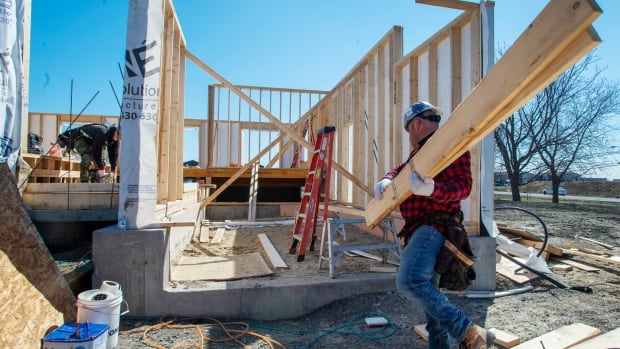
According to Statistics Canada, the economy grew by 0.7% in January.
The increase in real GDP compared to a 0.1% gain in December.
Growth also automatically beat the agency’s initial estimate for the month by 0.5%.
This is the ninth consecutive monthly increase since the economy slumped last year with the start of the epidemic in March and April.
However, Statistics Canada said that overall economic activity was still around 3% lower than February’s level last year, before the pandemic began.
The agency’s preliminary estimates for February this year show 0.5% growth for the month.
For January, manufacturing, construction and real estate contributed to the economic growth.
The manufacturing sector advanced 1.9% in January, offsetting the 0.7% contraction in December.
Douglas Porter, an economist at Bank of Montreal, said the gains in GDP are impressive given an early estimate linking the increase to 0.5%.
He said that many of the forecasts issued a few months ago had forecast a drop in GDP in the first quarter, but the latest estimate from BMO Economics calls for a 3.5% increase.
The economy resisted much better than expected during the second wave [of pandemic] “Restrictions during the winter,” Porter said in a statement.
Wholesale trade rose 3.9% in January, after contracting 1.5% in December.
“The significant recovery in wholesale trade has more than offset the decline in retail activity, due in part to the shift to online spending,” Porter said.
Clothing stores drop 17%
Clothing and accessories stores were the worst affected – clothing and accessories stores – down 17% – and sporting goods, hobby, books and music stores – down 14.1%.
However, general merchandise stores increased by 3.3%, while retailers of building materials and garden supplies recorded gains of 3.6% in home improvement projects.
Accommodation and catering services fell 3% in January, after a 6.7% decline in December. Meanwhile, non-store retailers expanded their business for the third month in a row, up 2.8% in January.